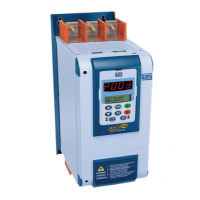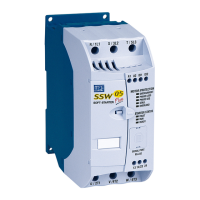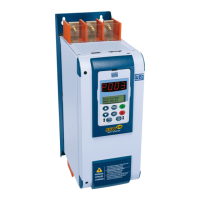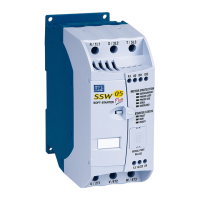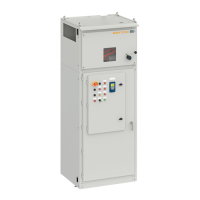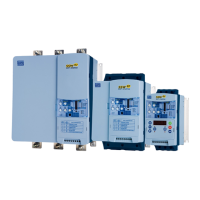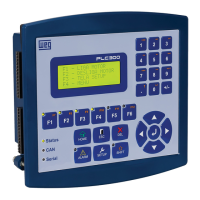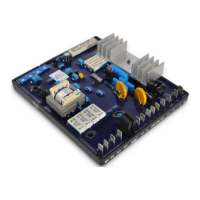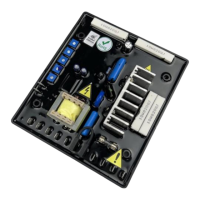What to do if the WEG Controller motor does not run?
- JjenniferjohnsonAug 3, 2025
If your WEG Controller's motor isn't running, start by checking the power and control connections, making sure digital inputs like DIx, programmed for Enabling or External Fault, are connected to +24V. Also, verify the parameters are correctly programmed for your application. Finally, check if the Soft-Starter is disabled due to a fault condition.
